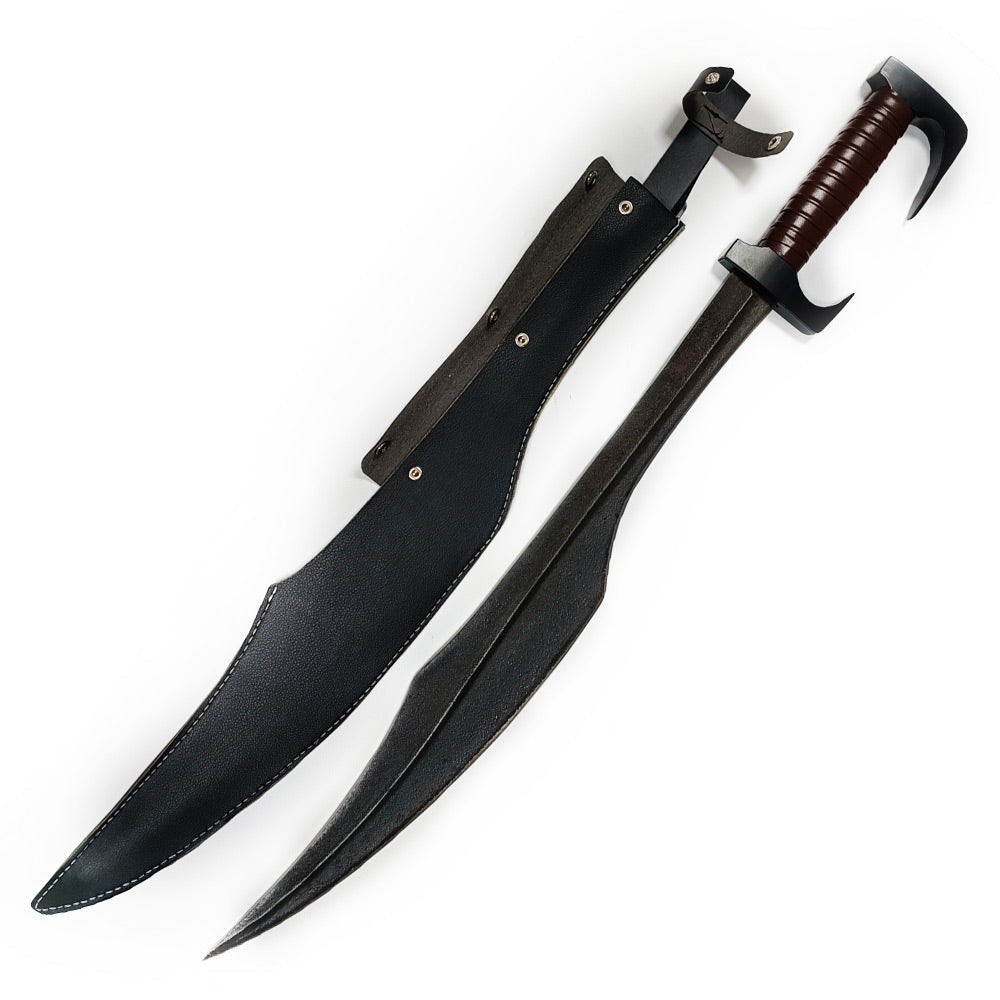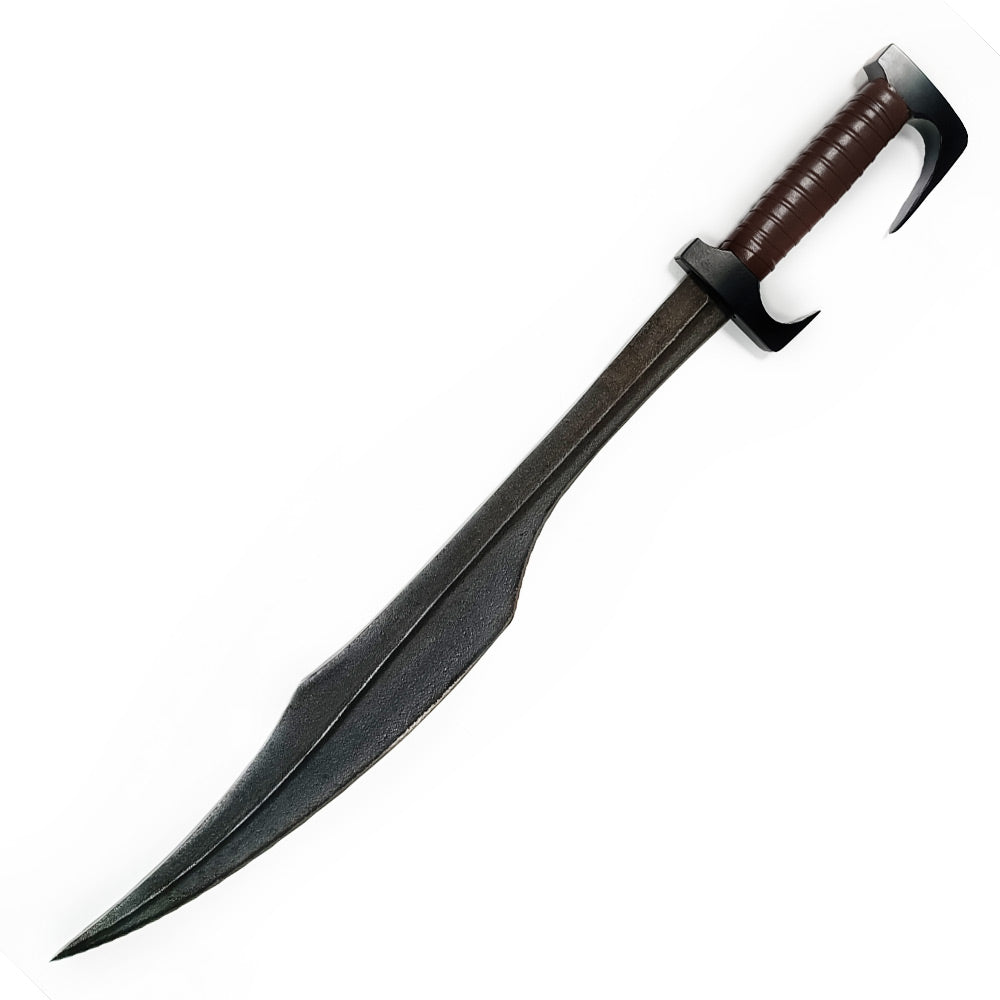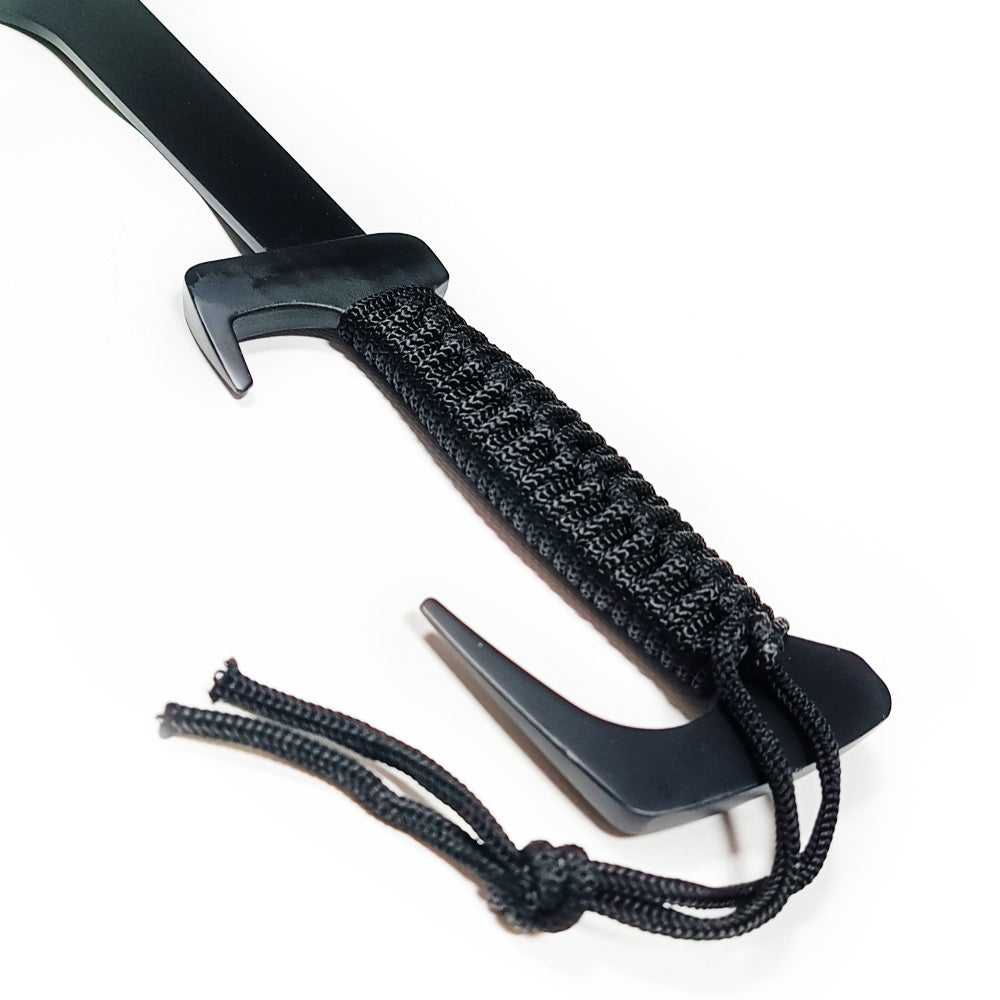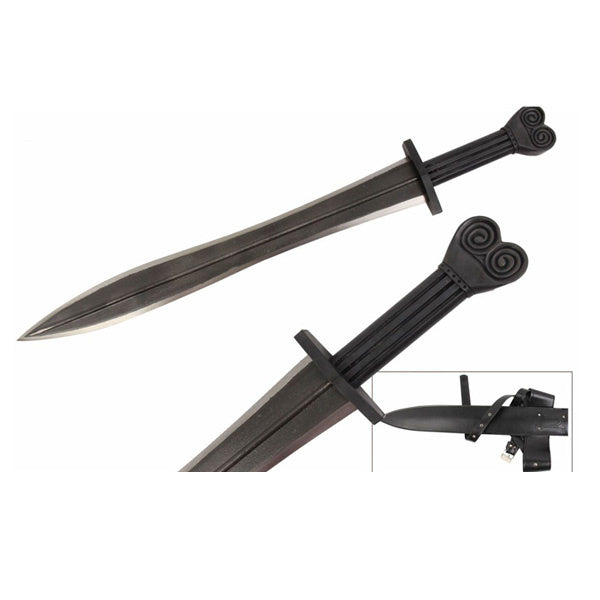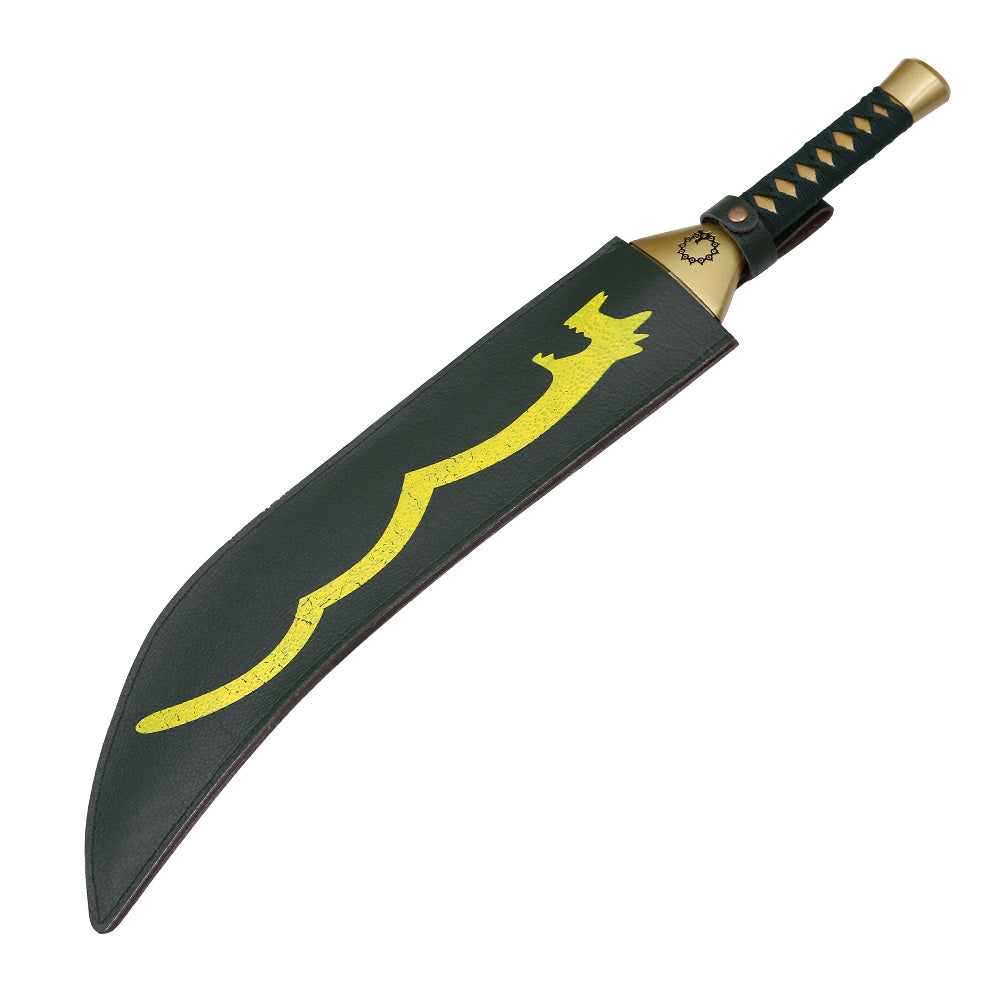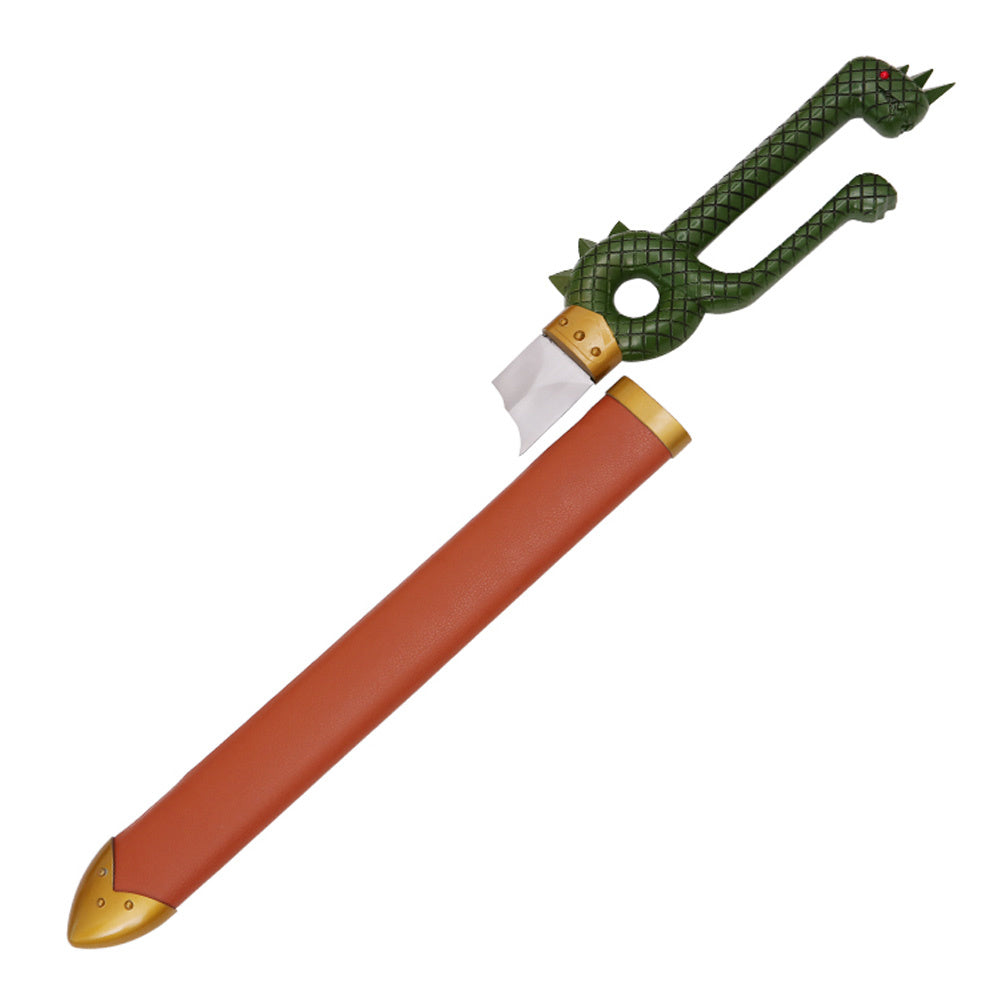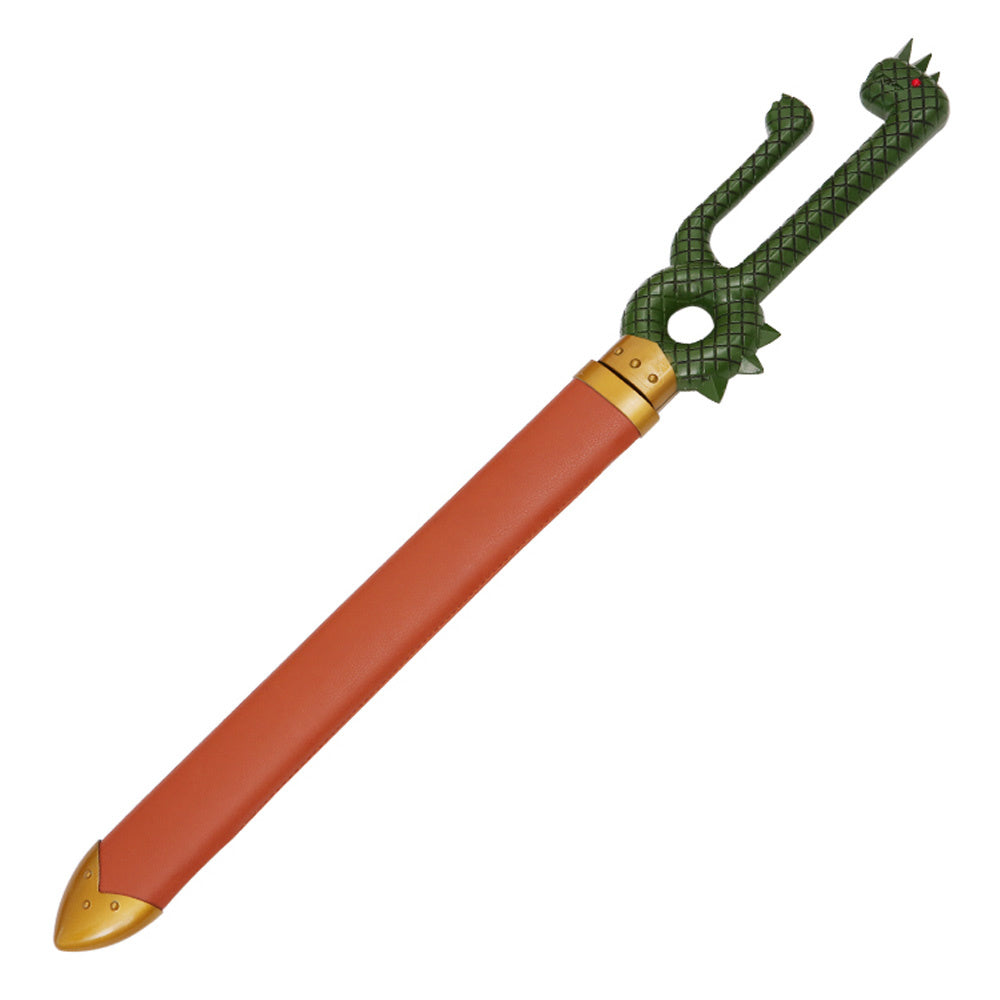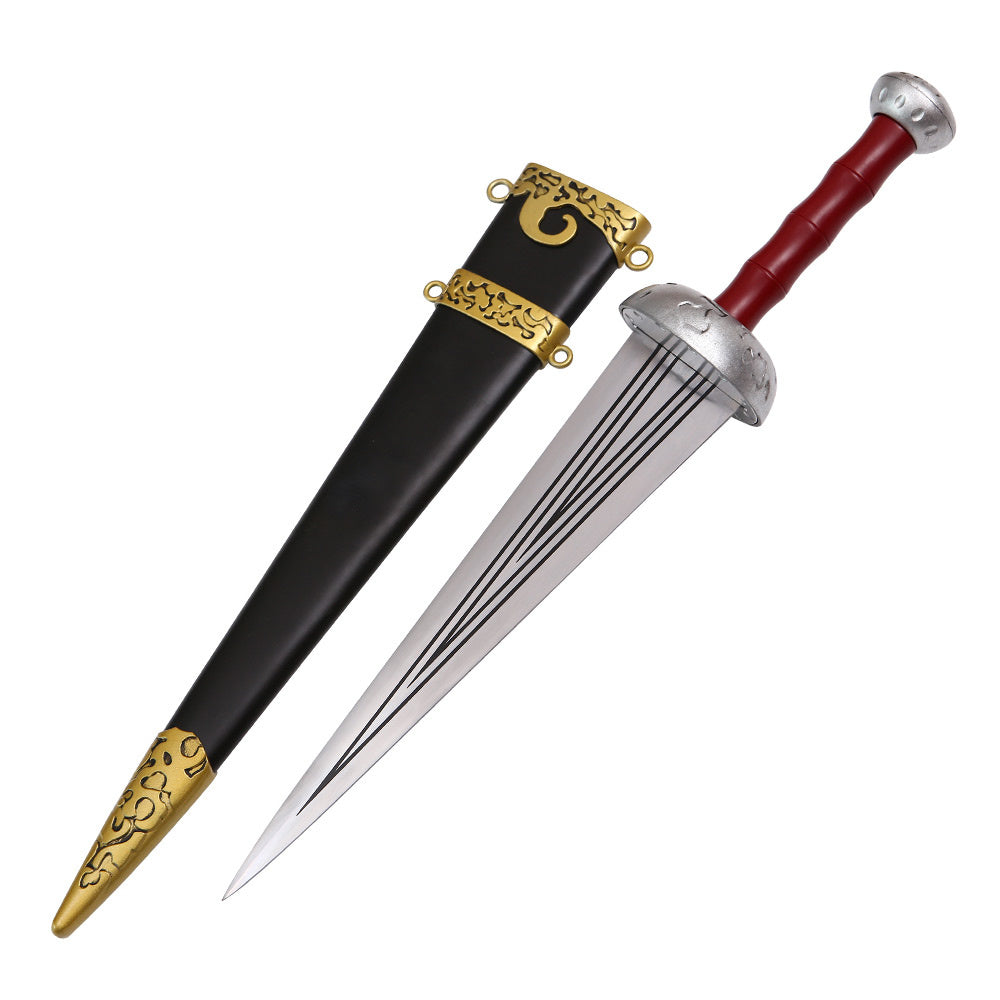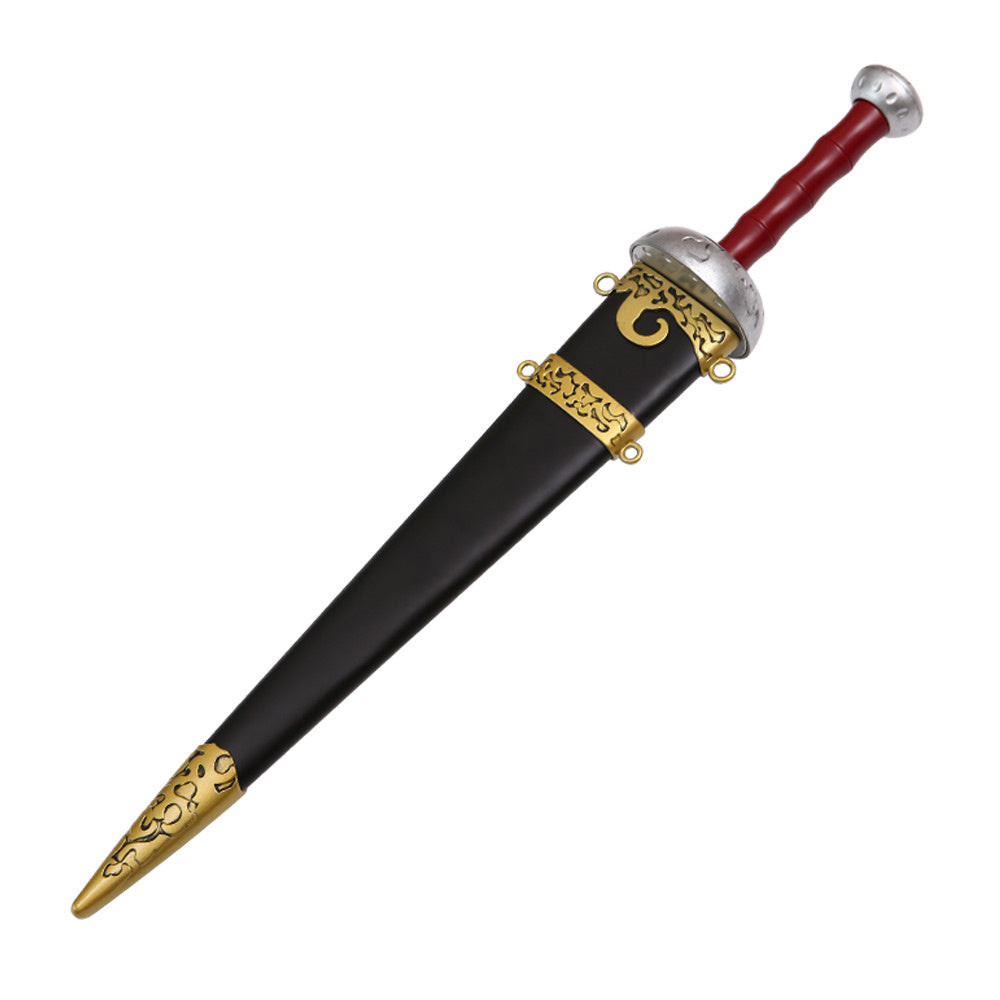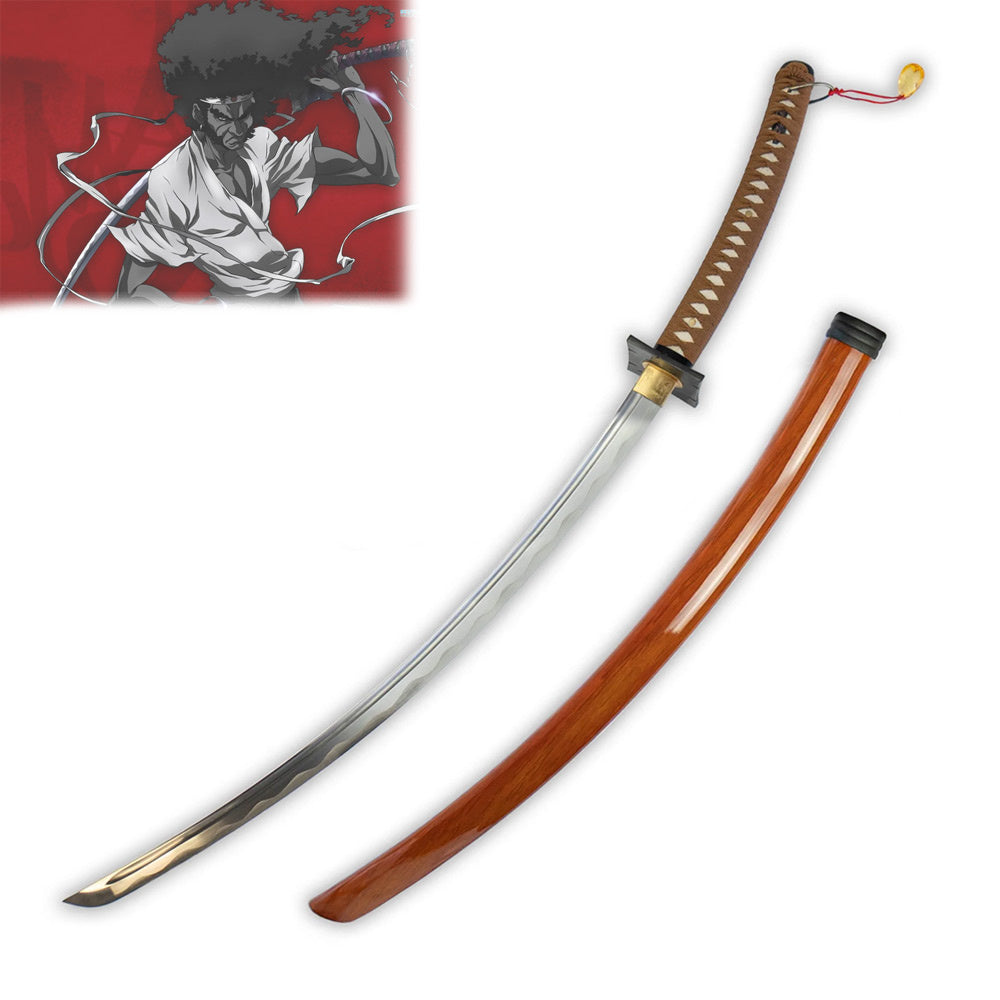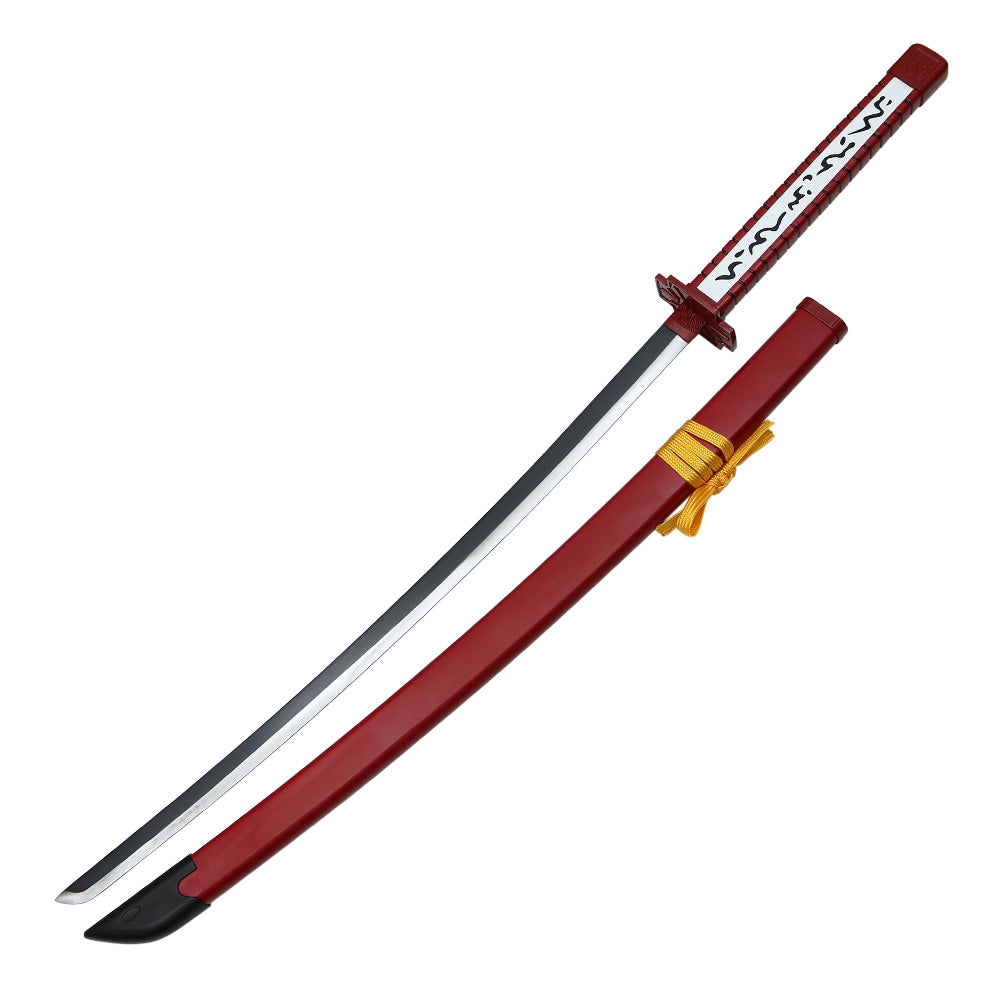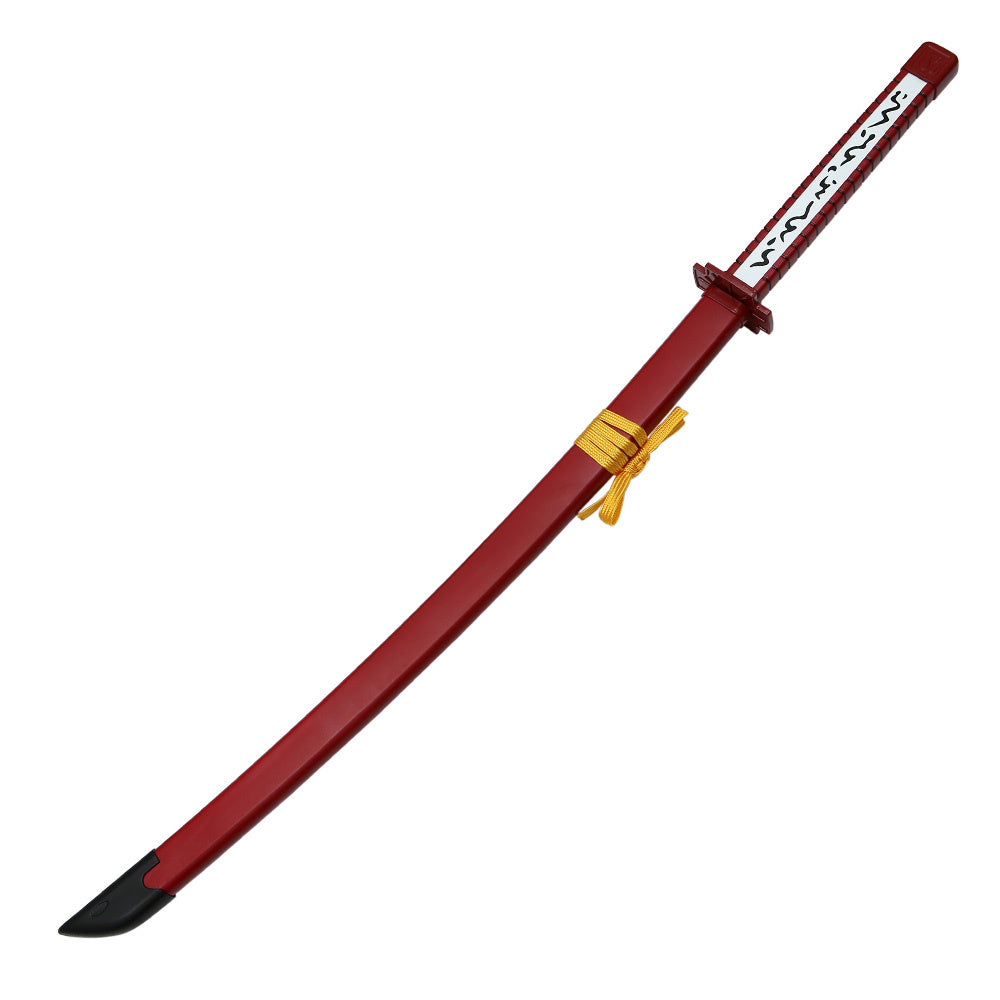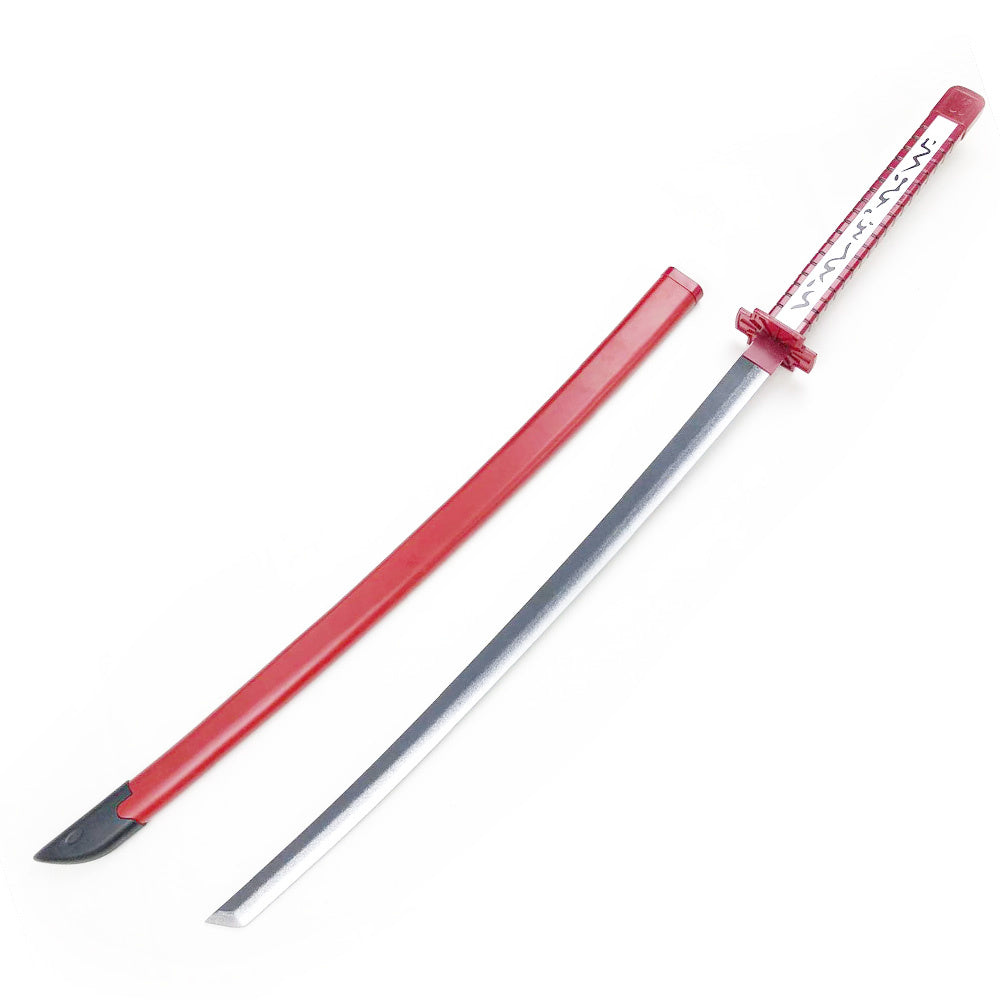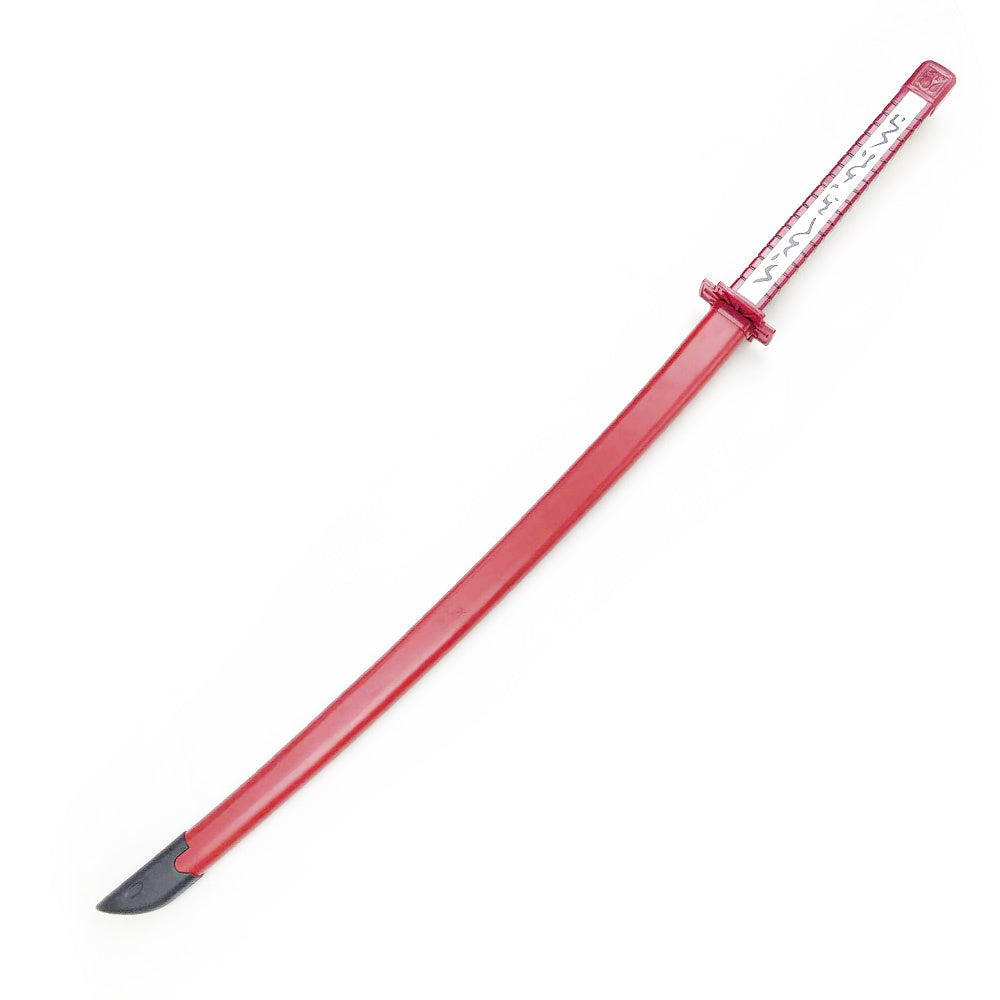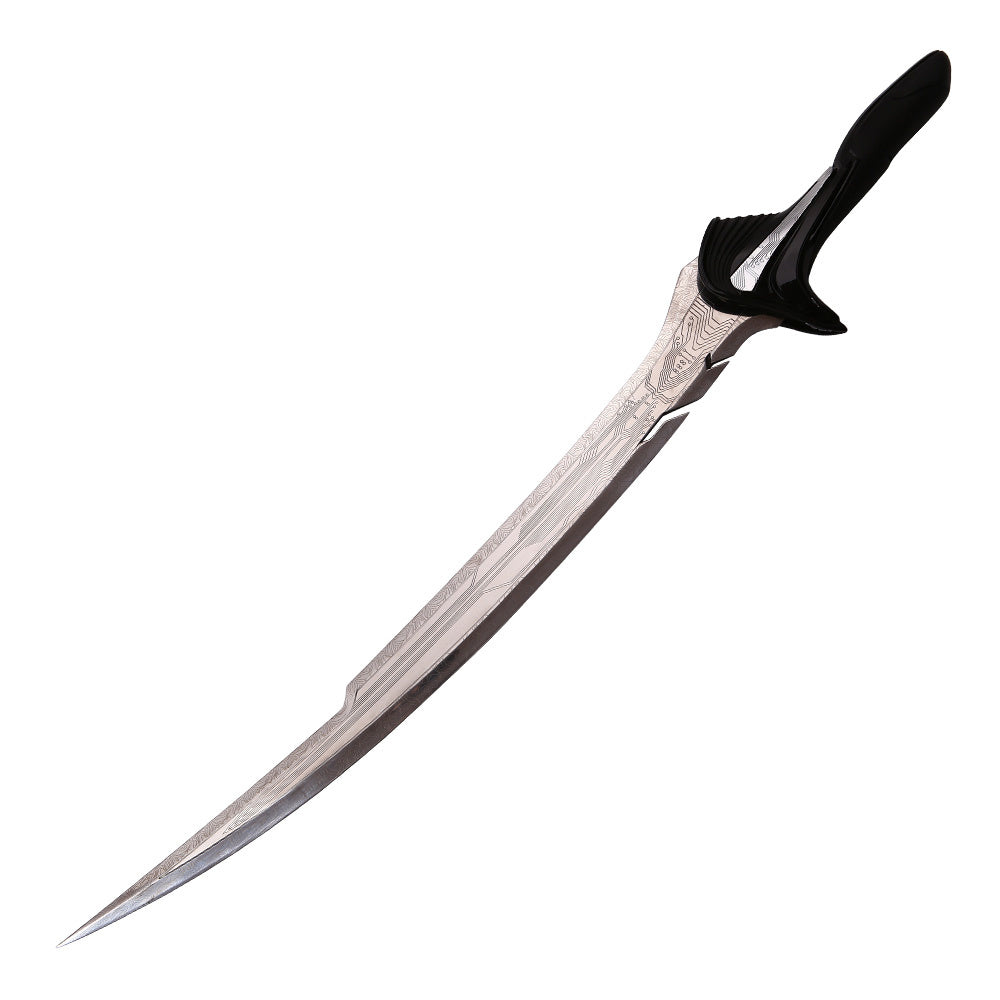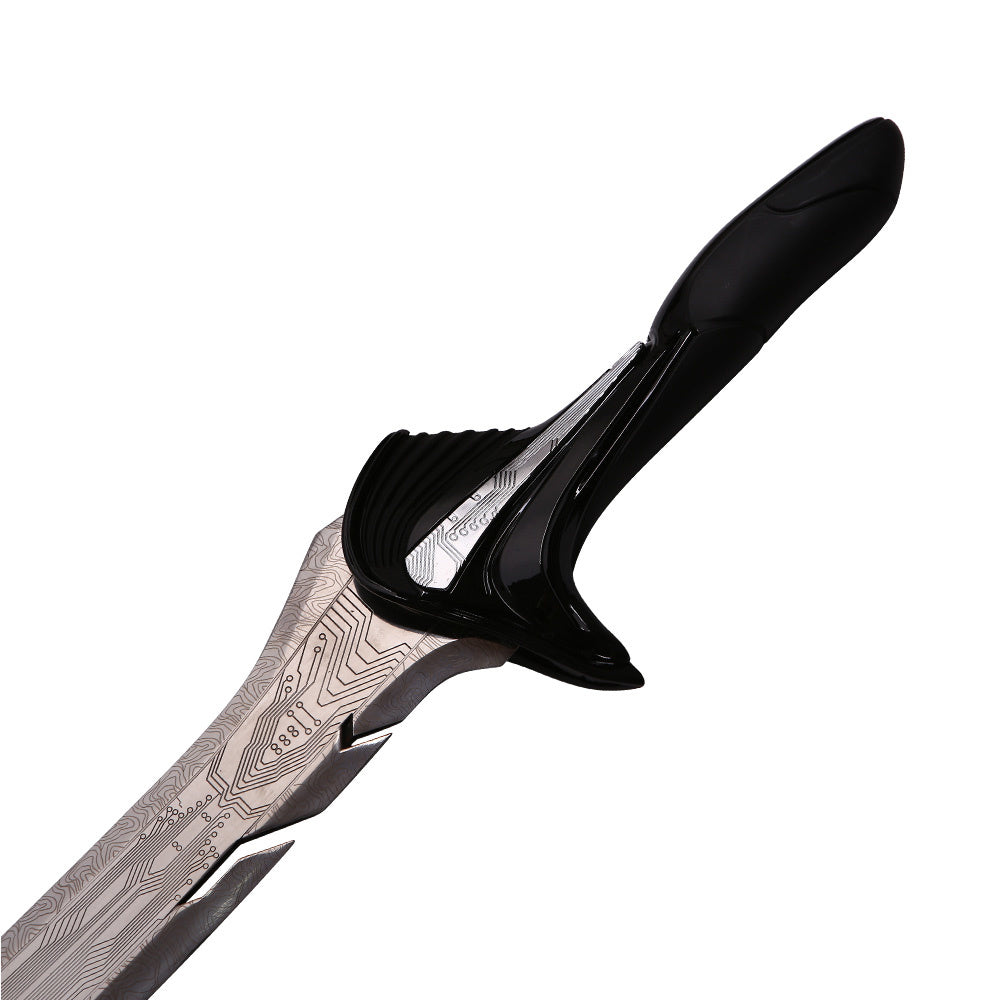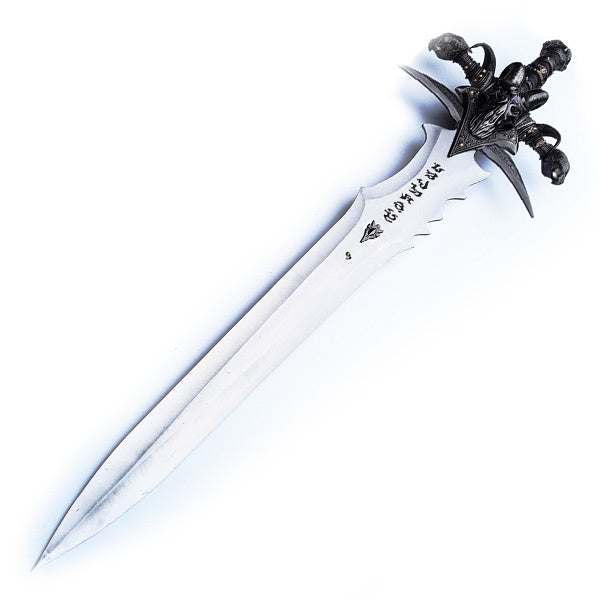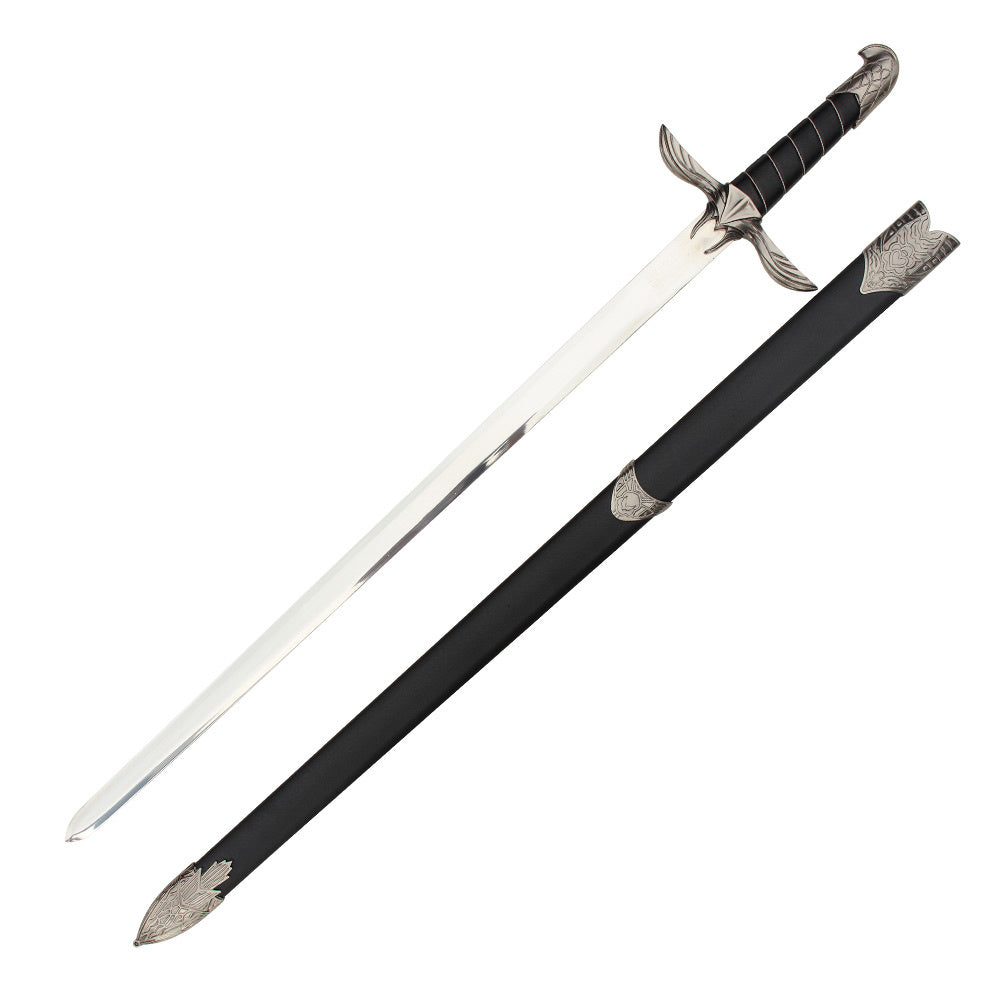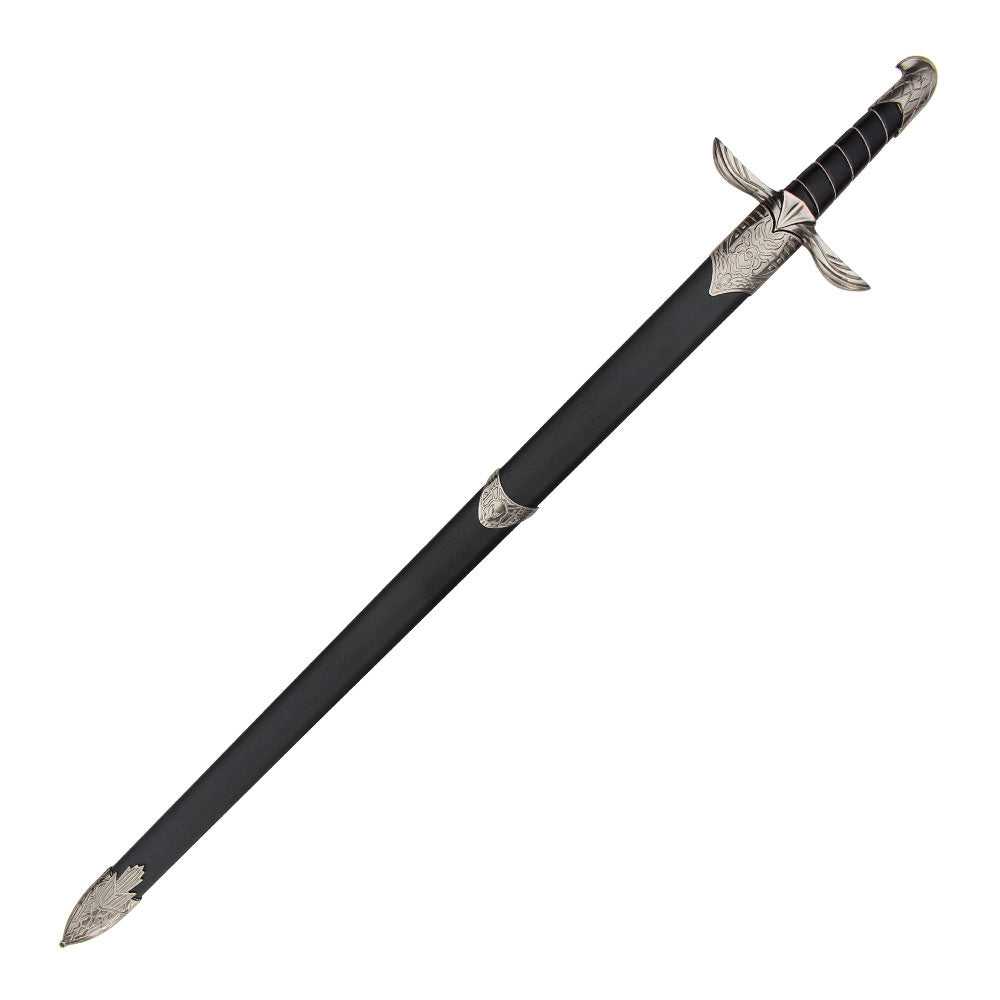
Taking care of your katanas and Tantos is crucial if you want them to last a lifetime. Neglect could lead to rust, dullness, and even breakage. So, make sure you're giving them the attention they deserve. Trust me, it's worth the effort to keep them looking sharp and impressive.
In this article, we’ll go over a couple of things you should do to keep your mini katanas looking as good as new.
HOW OFTEN SHOULD KATANAS BE CLEANED?
Like their full-sized counterparts, katanas require regular maintenance to preserve their aesthetic and structural integrity. The frequency of cleaning depends on several factors, including the material of the blade, environmental conditions, and the frequency of handling or display.
Regular oiling is essential for katanas made from carbon steel, which is prone to rust. In dry climates, oiling every 3-4 months is sufficient. However, increasing this frequency to every 1-2 months is advisable in more humid environments. Additionally, if the katana is handled frequently, it's recommended to clean and oil the blade after each use to remove fingerprints and oils from the skin, both of which can accelerate corrosion.
It's important to note that even if a katana is purely decorative or dull, it still requires care. Dust and humidity can affect its appearance and condition. Regular dusting and occasional oiling will keep it in good shape, ensuring it remains a striking piece in your collection.
HOW TO CLEAN YOUR KATANAS
Cleaning a katana involves a delicate process that respects the blade's craftsmanship while ensuring longevity. Here's a step-by-step guide to effectively clean your katana:
Preparation: Begin by carefully removing the katana from its sheath. Ensure your hands are clean, or wear gloves to avoid transferring oils to the blade.
Dusting: Use a soft, lint-free cloth to wipe down the blade gently. This removes any surface dust or debris. Regular dusting for mini katanas displayed in open areas prevents build-up that can be harder to clean later.
Oiling: Apply a small amount of choji oil, designed explicitly for katanas, to a clean cloth. Gently run the cloth along the blade, from the base to the tip. This oil forms a protective barrier against moisture and rust. A lighter application is sufficient for katanas, as they are less likely to be used for cutting.
Uchiko Powder: If your katana has been handled or displayed for an extended period, use an uchiko ball – a silk ball filled with a special powder – to remove old oil and provide a light polish. Gently tap the ball along the blade and wipe off the powder with a clean cloth.
Final Inspection: After oiling, inspect the blade for any missed spots or excess oil. Ensure the entire surface is evenly coated with a thin layer of oil.
Storage: Carefully return the katana to its sheath or display stand once cleaned and oiled. Store it in a dry place to prevent humidity from affecting the blade.
HOW TO CORRECTLY STORE YOUR KATANAS?
Storing a katana properly is essential to maintaining its condition and preserving its beauty. Here are some key tips to help you do just that:
Climate-Controlled Environment: Always store your katana in a climate-controlled environment. Fluctuations in humidity and temperature can lead to rust and corrosion. Avoid places like basements and attics, often subject to extreme conditions. Consider using a dehumidifier in the storage area if humidity is a concern.
Regular Inspection: It's essential to take your katana out of storage regularly. This practice helps prevent mold, especially if the katana is stored in an air-tight case. Inspecting the katana every few weeks allows it to air out and allows you to check for any signs of damage or wear.
Apply Protective Oil: If you need to store the katana away for a long time, coat the blade of your katana with a protective oil. Choji oil, traditionally used for katanas, is a blend of clove oil extract and mineral oil. This oil creates a protective barrier, safeguarding the blade from rust and corrosion.
Clean Before Storing: Never store your katana while it's dirty. Even minor smudges can cause damage over time. Clean and polish the katana thoroughly before storing it, and finish with an application of choji oil for maximum protection.
Proper Orientation: Store your katana horizontally, with the curve down and the edge facing upwards. This position helps maintain the katana's edge and prevents unnecessary wear. If using a special carrying case, ensure it has protective padding that won’t dull the blade.
USE A KATANA DISPLAY STAND
Displaying your katana on a stand ensures its longevity and adds a touch of elegance and cultural flair to your living space. A display stand is designed explicitly for katanas and provides a secure way to showcase these exquisite pieces.
Here are some reasons why using a display stand is beneficial:
Preservation: A display stand keeps the katana off surfaces that could cause damage. It ensures that the blade is not in contact with materials that might corrode or tarnish it over time. This is especially important for katanas made from materials prone to rust or oxidation.
Aesthetic Appeal: A katana is not just a piece of weaponry; it's a work of art. Display stands are crafted to complement the elegance and craftsmanship of the katana. Placing your katana on a stand in your living room transforms it into a focal point, adding an air of sophistication and cultural interest.
Safety: Display stands are designed to hold the Katana securely, reducing the risk of being knocked over or mishandled. This is particularly important if you have children or pets in your home.
Accessibility: When displayed on a stand, your katana is easily accessible for regular maintenance. This encourages regular care and inspection, vital for the katana’s upkeep.
Showcasing History and Craftsmanship: Our katanas have a rich history and are a testament to skilled craftsmanship. A display stand allows you to showcase this heritage and artistry respectfully and prominently.
CONCLUSION
There you have it, folks, the best ways to take care of your katanas. Not only will this ensure that your katanas continue to look as good as the day you took them out of the protective wrapping, but it may also turn out to be an asset.
